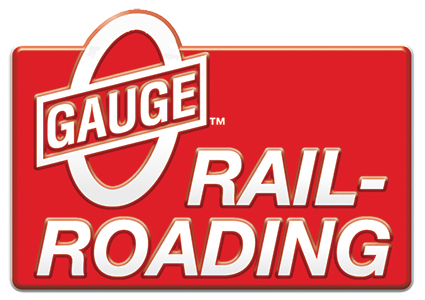I would think that the crew would prefer the better visual range of short hood forward rather than the "protection" of long hood forward. Given the violence and momentum of a railroad collision, I have a had time seeing how the long hood really gives you significantly better protection.
You are obviously a considerate person. However in the early diesel era, what the crew preferred did not matter at all. The decision to specify front end orientation of road-switcher locomotives was a strictly management decision in the iron pants era of the 1950's, and the Mechanical Department did not care what Engineers liked and did not like. Possibly, the General Committee of the Brotherhood of Locomotive Engineers made a recommendation on a specific railroad, but the normal reaction of a 1950's Mechanical Department would have been to thank the B of L E for its interest, and then do what it wanted to do. The same people who only begrudgingly provided a toilet and cold drinking water made the decision about hood orientation.
The same is true of the specified air brake equipment. If management viewed road-switchers as best suited for local freight and yard service, the engines were equipped with the standard 6-BL air brake schedule, almost identical to that on the steam engines these units replaced. On the other hand, on lines which viewed road switchers as road engines that could also be used in the yard, the units were generally equipped with optional 24-RL air brake schedule, which matched the postwar cab and booster diesel units. With all of the specifications, the railroad Mechanical Department made its choice and paid its money.
Around 1960, an Engineer and a Fireman perished aboard an Erie long-hood-forward GP7, in a head-on collision between two passenger trains, the opposing train having an Alco-GE PA1. The PA overrode the front platform of the GP7 and shoved the entire hood and cab backward, and the first passenger car shoved the short hood (with the steam generator in operation) into the cab. I don't think that there is statistical evidence of hood orientation actually making a substantial difference in overall crew safety, but various railroad Mechanical Departments -- some of which believed that long-hood-forward was safer -- sometimes chose to depart from the standard specifications. Union Pacific ordered long-hood-forward GP7's and SD7's in 1953, then flip-flopped in 1954 and ordered large numbers of short-hood-forward GP9's.
Norfolk & Western famously ordered dual controls on its high short hood units, specifying the long hood as the front, but we have been told by Big Jim (a retired N&W and NS Locomotive Engineer who posts here) that, in practice, the railroad sent the engines out with the short hood leading much of the time.
To the Engineer, the trip pays the same, regardless of which hood is leading. 




